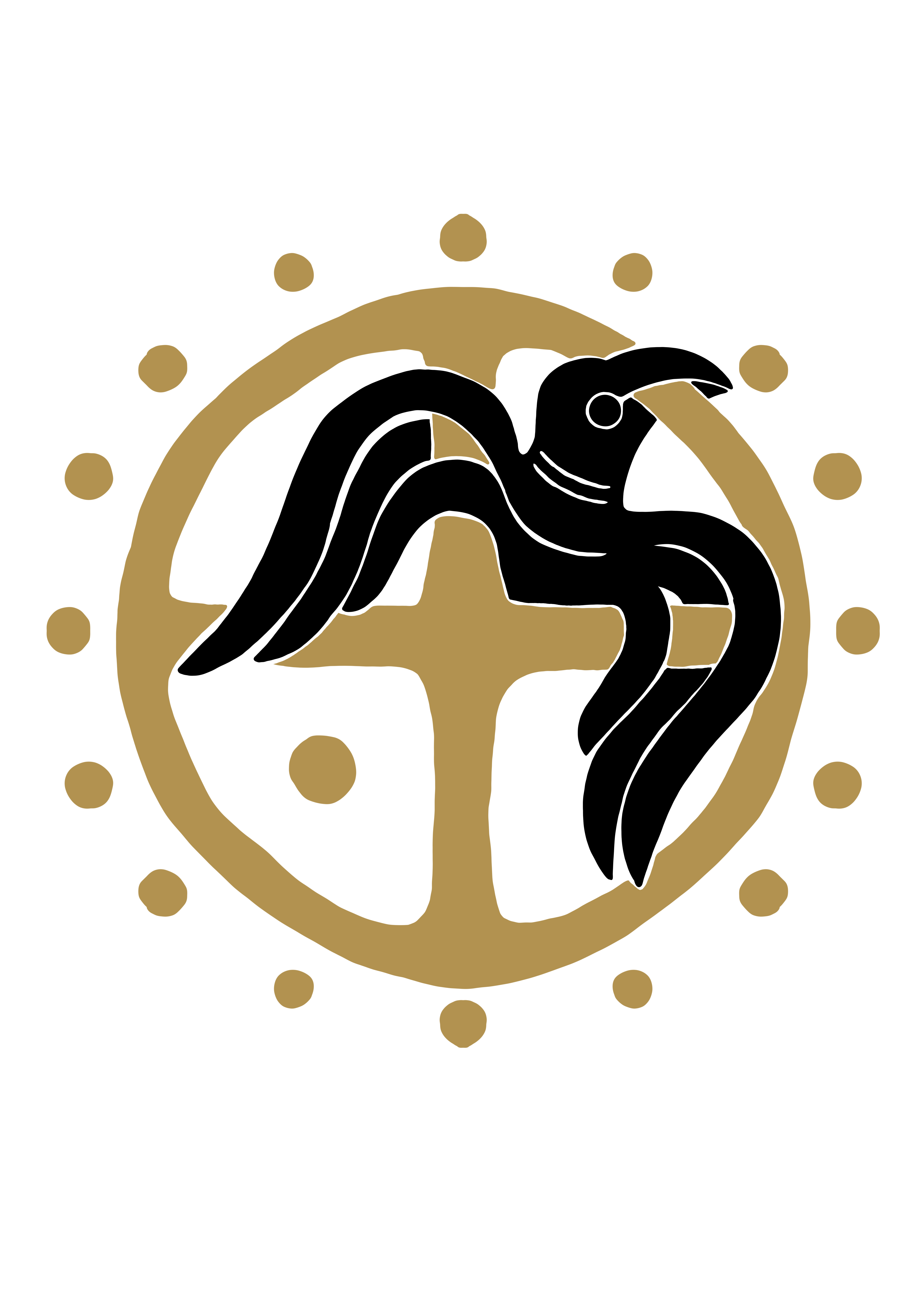Blog
What We Know
About True Vikings?
The hard talks around the topic who were Vikings will last forever and everyone has the right to explore Viking’s age History to discover the true or at least to find the true for himself. Even scholars sometimes misusing the term “Viking” and trying to proof what not only people who were Norse raiders or seafaring warriors of Scandinavian origin can actually be called Vikings.
To go ahead with our research we should understand the historical period main features:
The Viking Age was the period during the Middle Ages when Norsemen commonly known as Vikings mainly because of increased population and crises in agriculture started large-distance raiding, colonizing, military conquest, and trading throughout Europe, and most probably reached North America.
It followed the Migration Period and the Germanic Iron Age. The Viking Age applies not only to their homeland of Scandinavia but to any place historically settled by Norse people during the period. The Scandinavians of the Viking Age are often referred to as Vikings as well as Norsemen, although few of them were Vikings in the technical sense.
Voyaging by sea from their homelands in Denmark, Sweden and Norway the Nordic people settled in the Ireland and British Isles, in Iceland, the Faroe Islands, Normandy and Greenland, settled in the Baltic coast and along the biggest Eastern European rivers like Dnieper and, where they were also called Varangians. Vikings were also briefly settled in Newfoundland Island off the east coast of today Canada, becoming the first Europeans to reach North America coast. The Norse-Gaels, Kievan Rus’ people with its famous capital Kiev (current Ukraine), Normans, Faroese and Icelanders emerged from these Norse colonies. The Vikings could found number of kingdoms and earldoms in Europe: the Kingdom of the Isles (Suðreyjar), Orkney, (Norðreyjar), York (Jórvík) and the Danelaw (Danalǫg), of course Dublin (Dyflin), Normandy and our home country Kievan Rus. The Norse people homelands were also refurbished into larger kingdoms during the Viking Age period, and the short-lived North Sea Empire included large swathes of modern Scandinavia and Britain Island.
Several major things drove this expansion. The Vikings were drawn by the growth of wealthy towns and monasteries overseas, and weak local kingdoms power and armies. Information about the Viking Age is drawn largely from number of primary sources written by those the Vikings encountered, as well as archaeology. To know more interesting and detailed information we can study sagas and the most detailed are the Icelandic sagas. Some of these deal with the deeds of powerful people, such as the kings of Norway or the earls of Orkney. Others deal with the ‘normal people’ of Iceland, although the central characters even then tend to come from the upper and ruling class. Often the sagas describe events in great detail, including what was said by those involved. The only thing, Sagas was written like 200-300 years later from the period they describe and we should use information very carefully.
Returning to the Vikings – it is clear what Vikings originally were raiders, the activity gave rise to so much notoriety that eventually the term has come to be used to describe a wide range of people, places and activities between about 750 – 793 AD and 1066 AD.
As Jacqueline Simpson the British researcher of Norse legends states:
-“In medieval Scandinavian languages, a Vikingr is a pirate, a freebooter who seeks wealth either by ship-borne raids on foreign coasts or by waylaying more peaceful seafarers in home waters. There is also an abstract noun Viking, meaning ‘the act of going raiding overseas’…. Strictly speaking, therefore, the term should only be applied to man or women actually engaged in these violent pursuits, and not to every contemporary Scandinavian farmer, merchant, settler or craftsman, nor even to warriors fighting in the dynastic wars of their lords or in their own private feuds. However, it was the raiders who made the most impact on the Europe of their time, so that it has become customary to apply the term “Viking Age” to the period of Scandinavian History beginning in the 790’s (the time of the first recorded raids on Western Europe) and petering out somewhere round the middle of the eleventh century (by which time raids and emigrations had ceased, the settlements established abroad had become thoroughly integrated with the local populations, and social changes in the Scandinavian homelands had marked the transition to their true Middle Ages). Indeed, the term is such a convenient label for the distinctive culture of this period that one now talks not only of “Viking weapons” and “Viking ships” but of “Viking pagan art”, “Viking households”, and even “Viking style agriculture” – expressions which would have seemed meaningless to people living at the time.”
(Jacqueline Simpson. Everyday Life in the Viking Age. New York: Dorset. 1967. ISBN 0-87029-146-X. p.11).
Algiz-Rune Norse Pagan Arts Workshop offering unique high quality Viking age amulets replicas hand-made in silver and bronze but also wood and bone (antler). To buy exclusive quality Historical Viking gifts you can visit workshop page on www.z-rune.com

Recent Comments